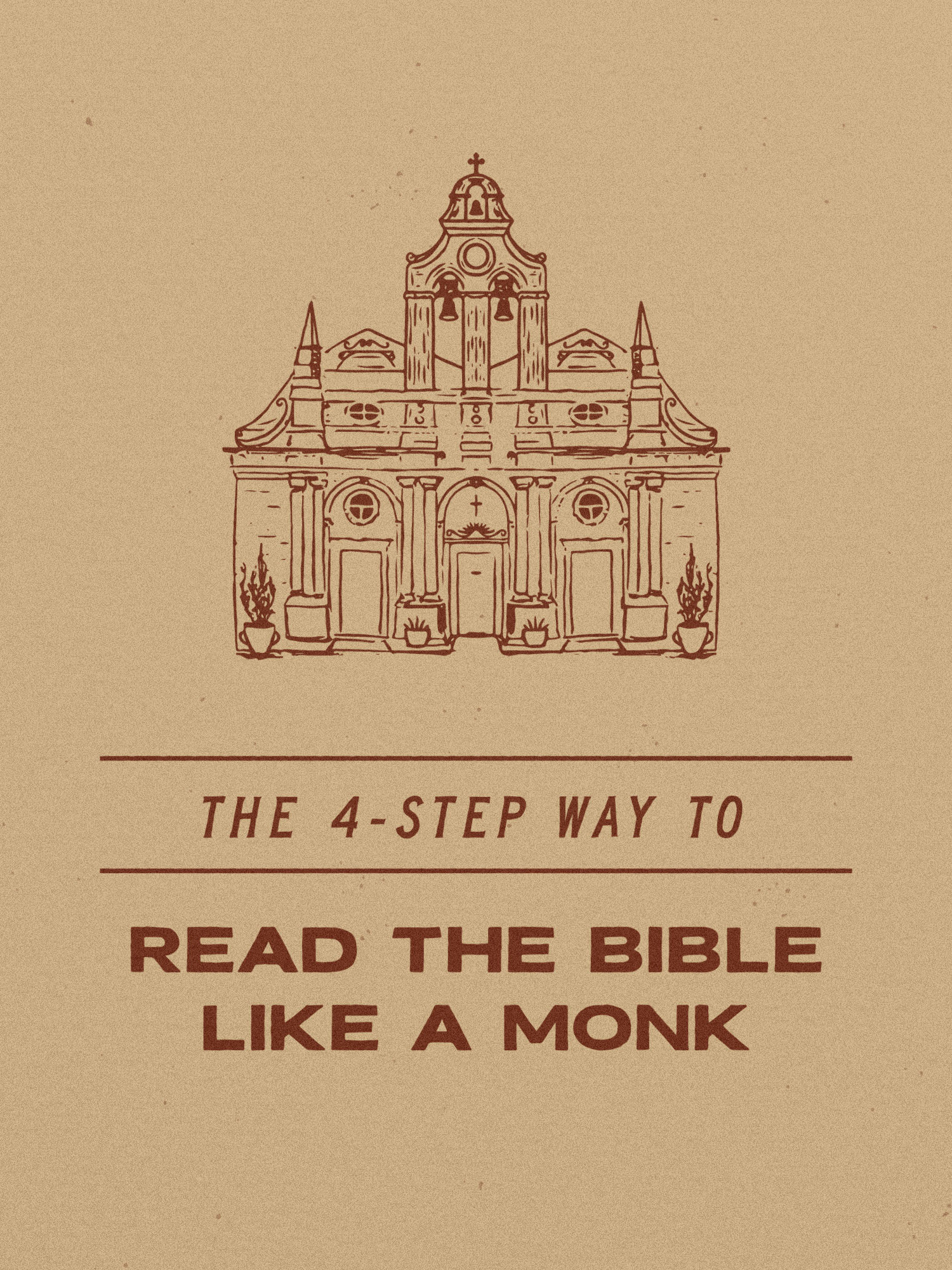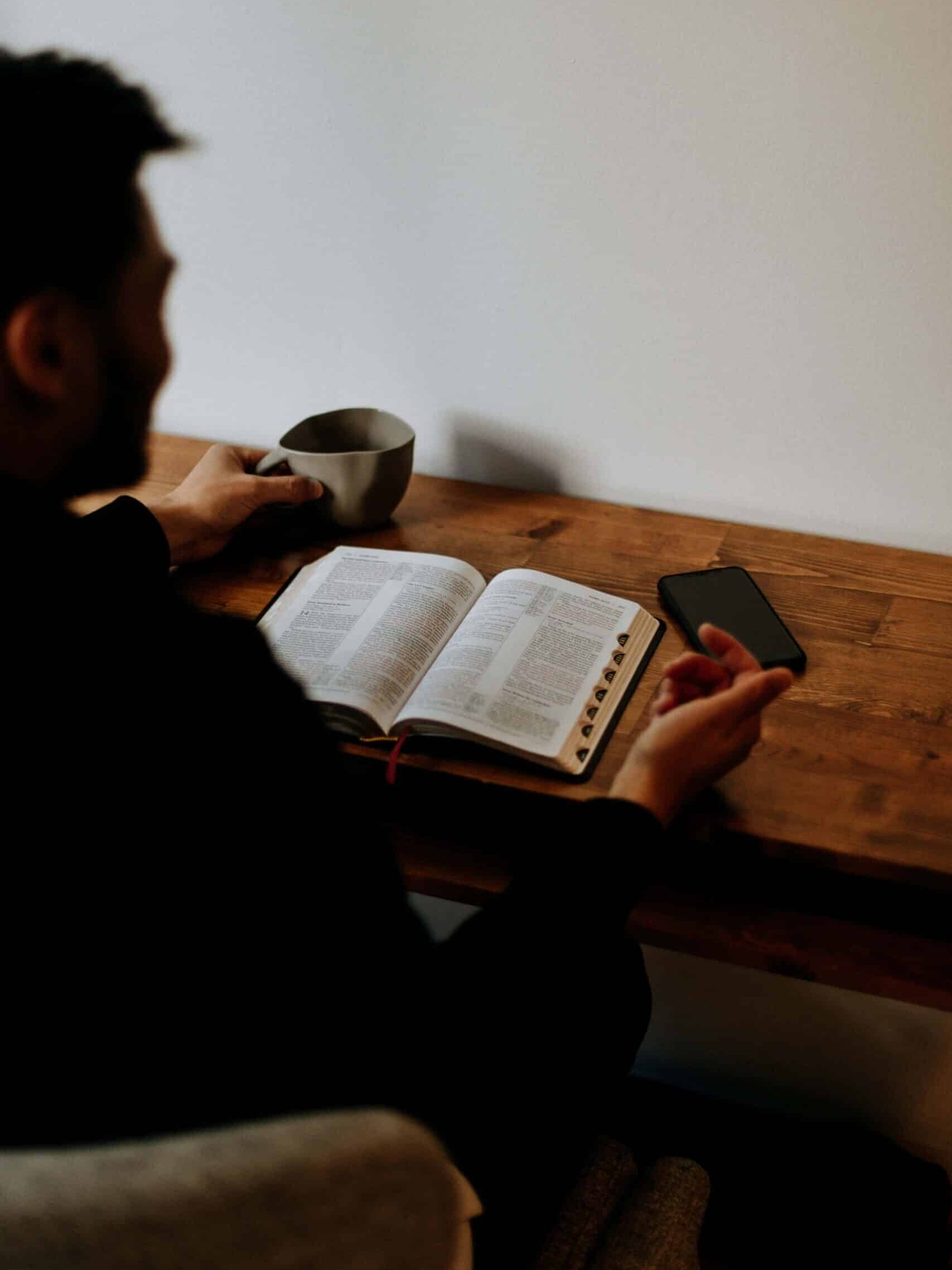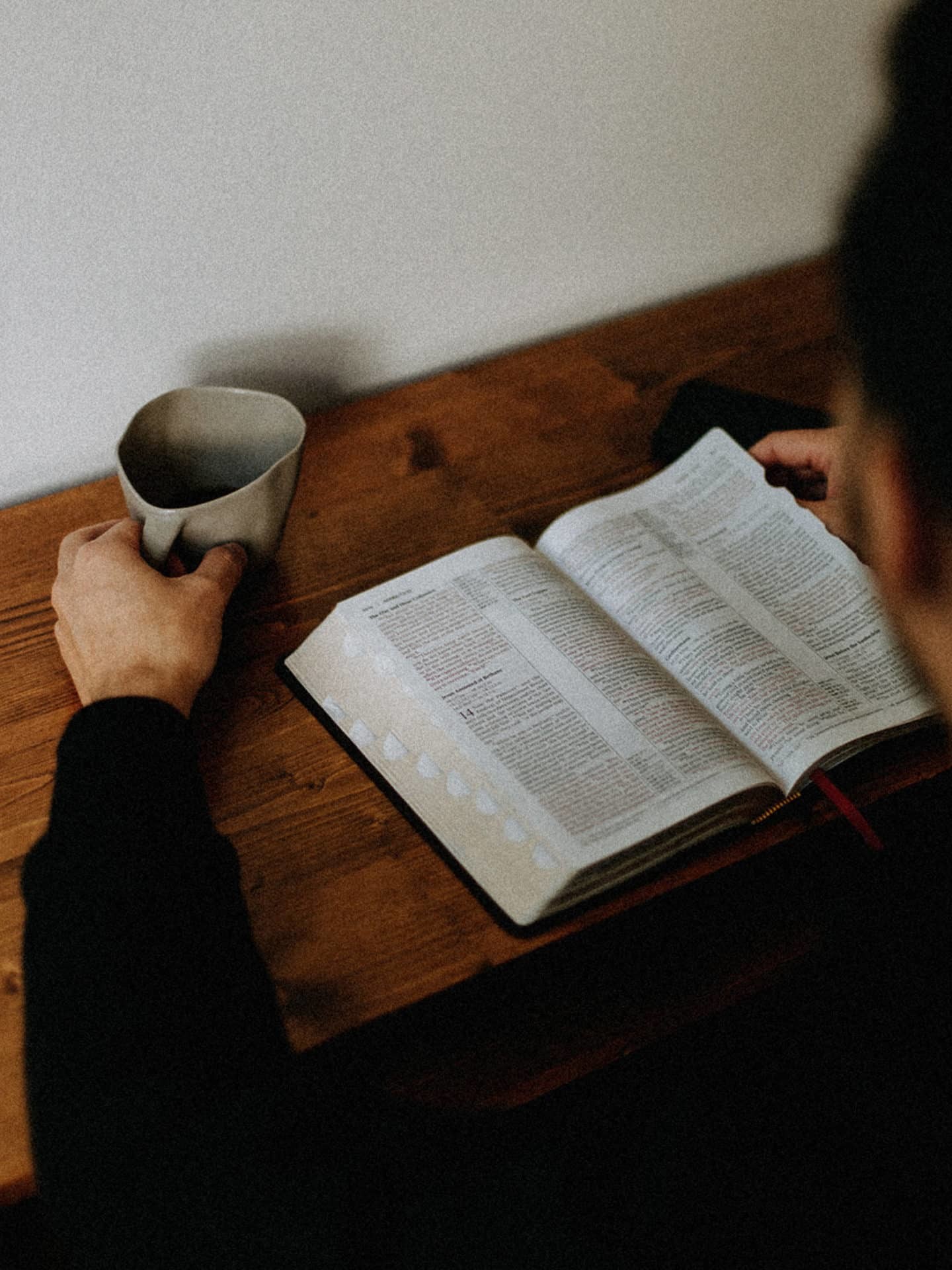Lectio Divina
Maybe reading the Bible doesn’t feel as meaningful as it should. Maybe you’re just struggling to connect. Or maybe, you’re just not sure if you’re taking something out of context! We’ve been there.
Here’s a thought: If we’re always reading the Bible to be informed, we might be missing out on opportunities to be formed.
Sometimes we read the Bible expecting to “get” something out of it—like a catchy one-liner, or the answer to a question we have. And this can lead us to skim through some of the slower parts and stories we already know, or jump to conclusions about what a particular verse might mean.
This is why it can be helpful to slow down when we read the Bible, to let God speak to us in new ways we could not have expected. And that’s where we get a practice called “Lectio Divina”, or “Divine Reading”: a way of reading the Bible that both monks and everyday Christians have been practicing for 1,500 years.
What is Lectio Divina?
Basically, it’s a way of slowly reading a few verses of scripture several times, with an intentional focus each time—reading, reflecting, responding, and resting. The steps help us listen for what the Holy Spirit is saying to us through the text.
Why Lectio Divina?
Slowing down isn’t something we’re very good at. Most of us live every single day rushing from one thing to the next. What a practice like Lectio Divina does, is slow us down so we can have just a bit of space to hear what we would’ve otherwise rushed past. It’s an invitation to listen to Scripture expectant that God has something to say to us each time.
The best way to get a feel for it is by trying it, so we invite you to take 2 minutes and pray through this Psalm with us.
In case this is your only chance to pause today, be sure to get in a comfortable posture, take a few deep breaths, and dive in! (We added the original Latin names for the steps, in case you really want that Monk aesthetic 🧘)
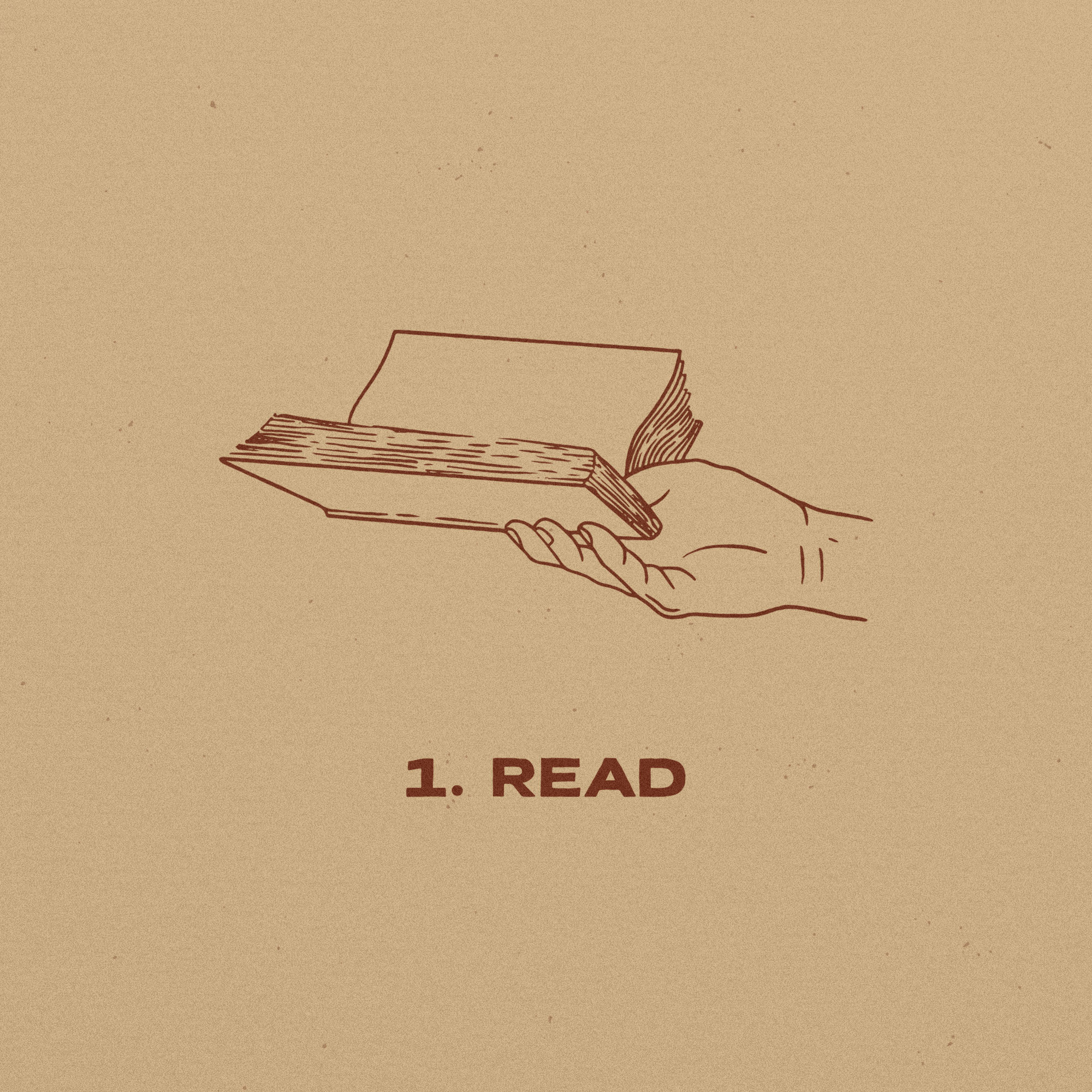
Step 1: Read (Lectio)
Read these verses slowly and prayerfully, listening for a word, image, or feeling to stand out to you. You may want to read the passage several times to allow space for discovery.
Psalm 73: 23-25
“I am always with you;
you hold me by my right hand.
Pause
You guide me with your counsel,
and afterward, you will take me into glory.
Pause
Whom have I in heaven but you?
And earth has nothing I desire besides you.”

Step 2: Reflect (Meditatio)
When a word, image, or feeling stands out, pause, and reflect on it. Read that verse again. Ask God, why is this particular word meaningful to me right now?
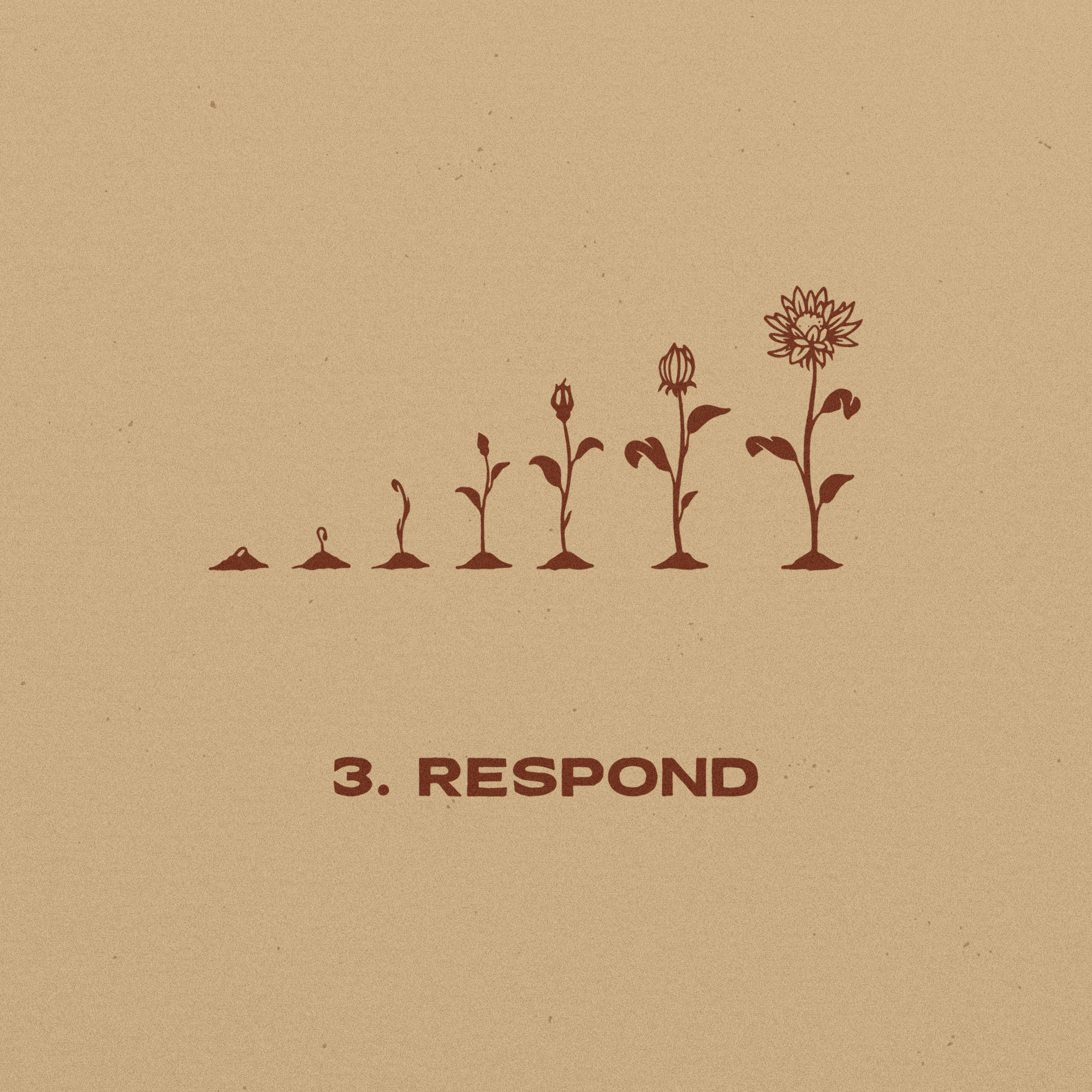
Step 3: Respond (Oratio)
After reflecting on the word, image, or feeling, take a moment to respond to God. This might look like thanking him for speaking, asking a deeper question, or making a commitment to acting on what has been placed on your heart. What would you like to say to the Lord in response to the word spoken to you?

Step 4: Rest (Contemplatio)
Take one last moment to simply sit still in God’s presence, as you would in the presence of a friend or loved one. Remember, this prayer is not work you have to do, but rather allowing God to work in you.
Reclaim Today is a lifestyle content brand that creatively explores meaning in the everyday moments of life. We're discovering together how faith and the good news of Jesus helps us reclaim the small moments, the big ones, and everything in between.

